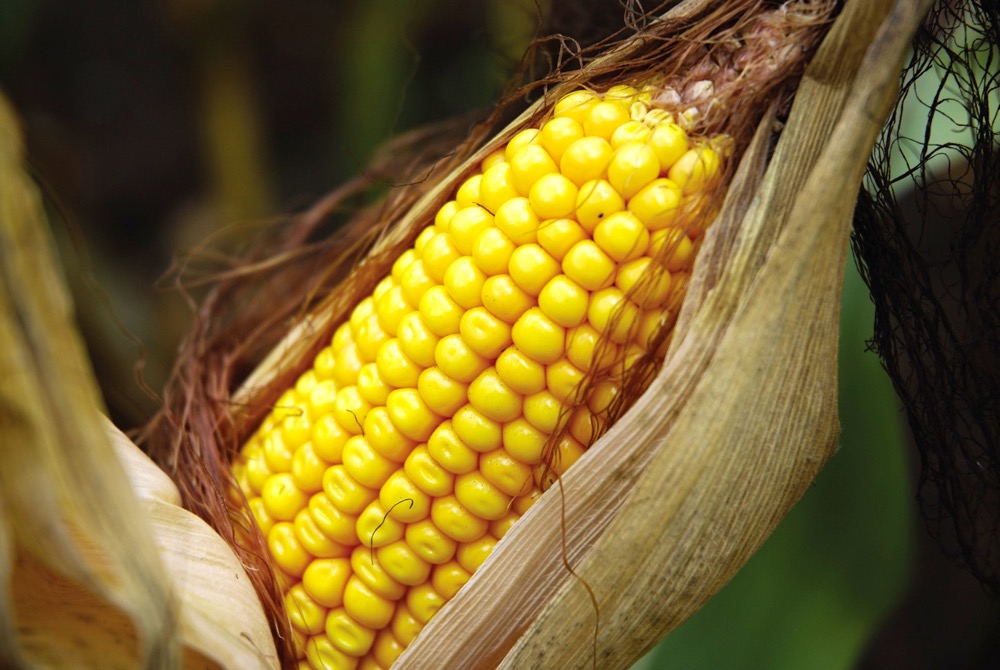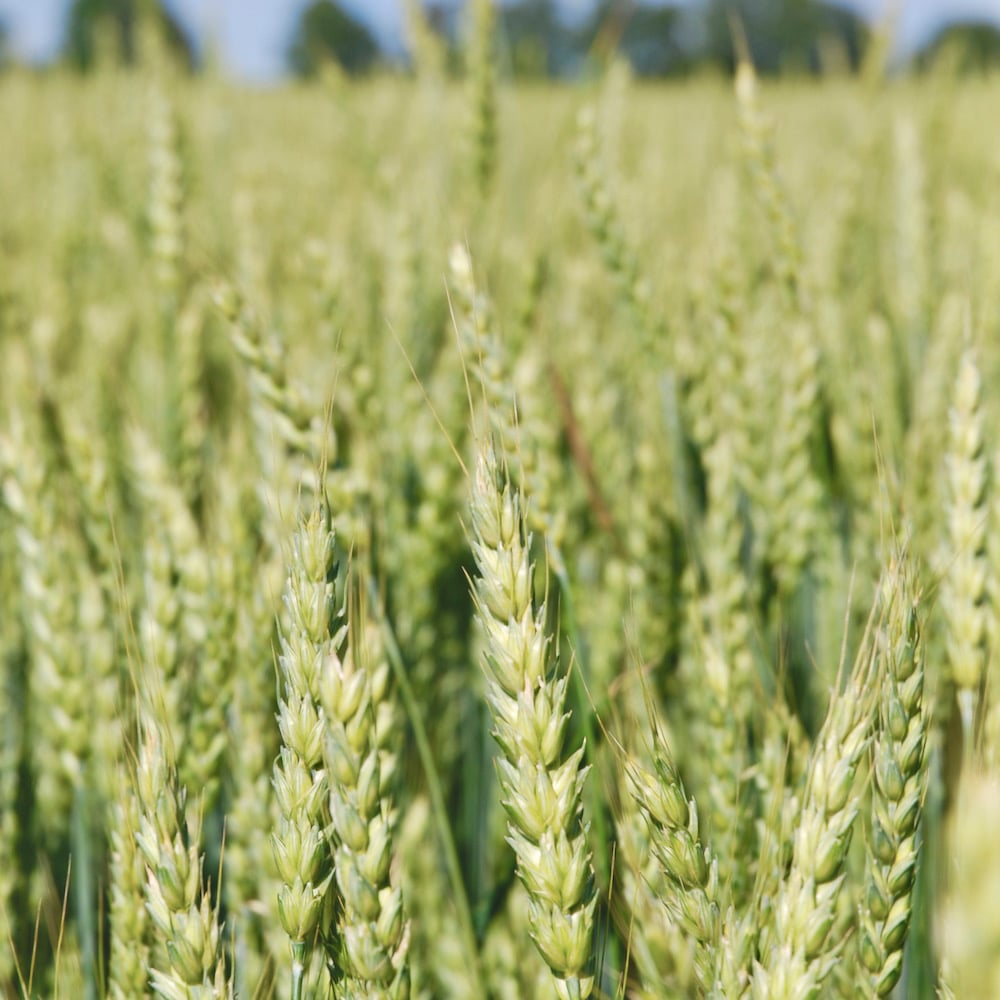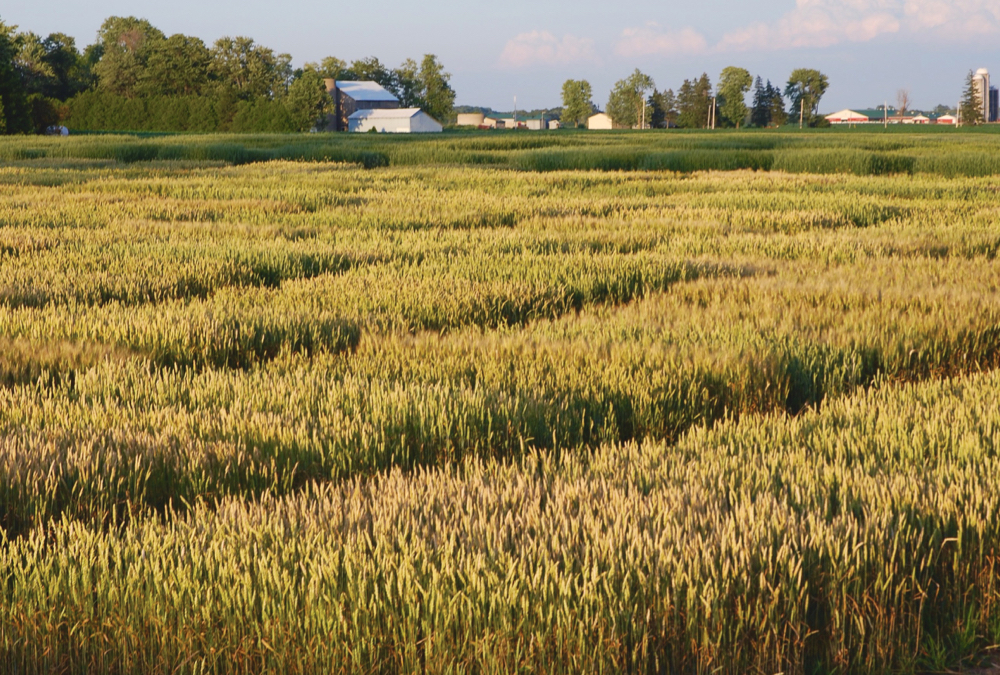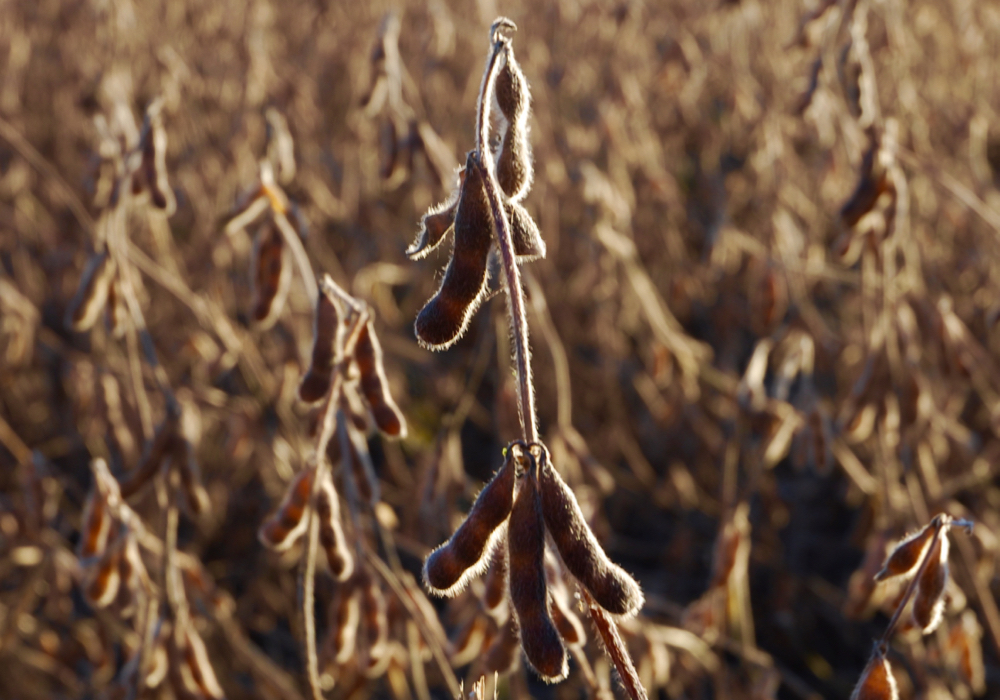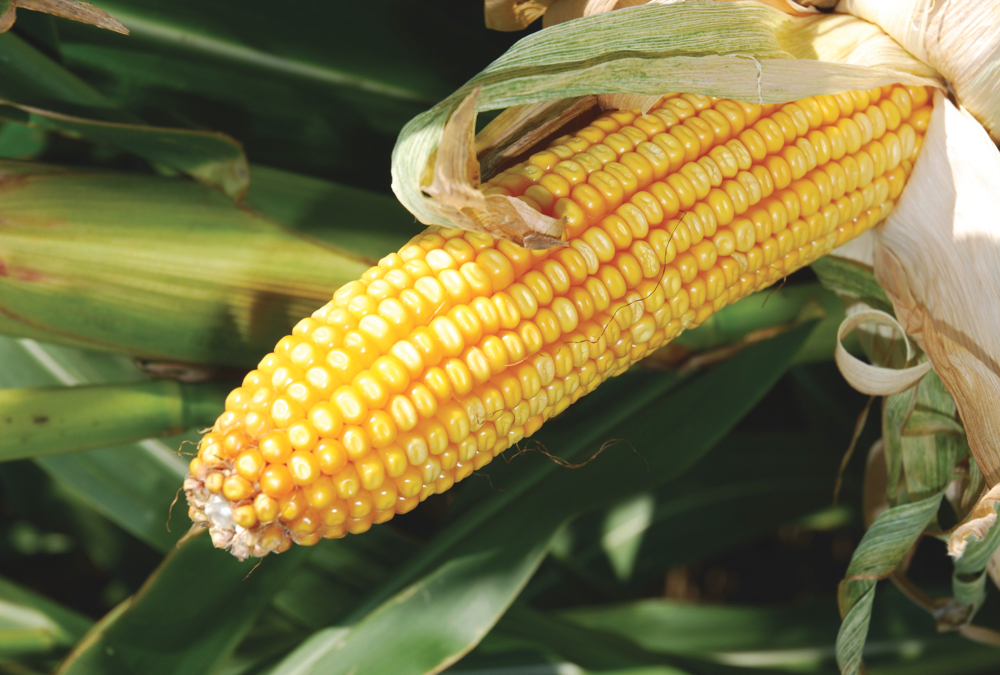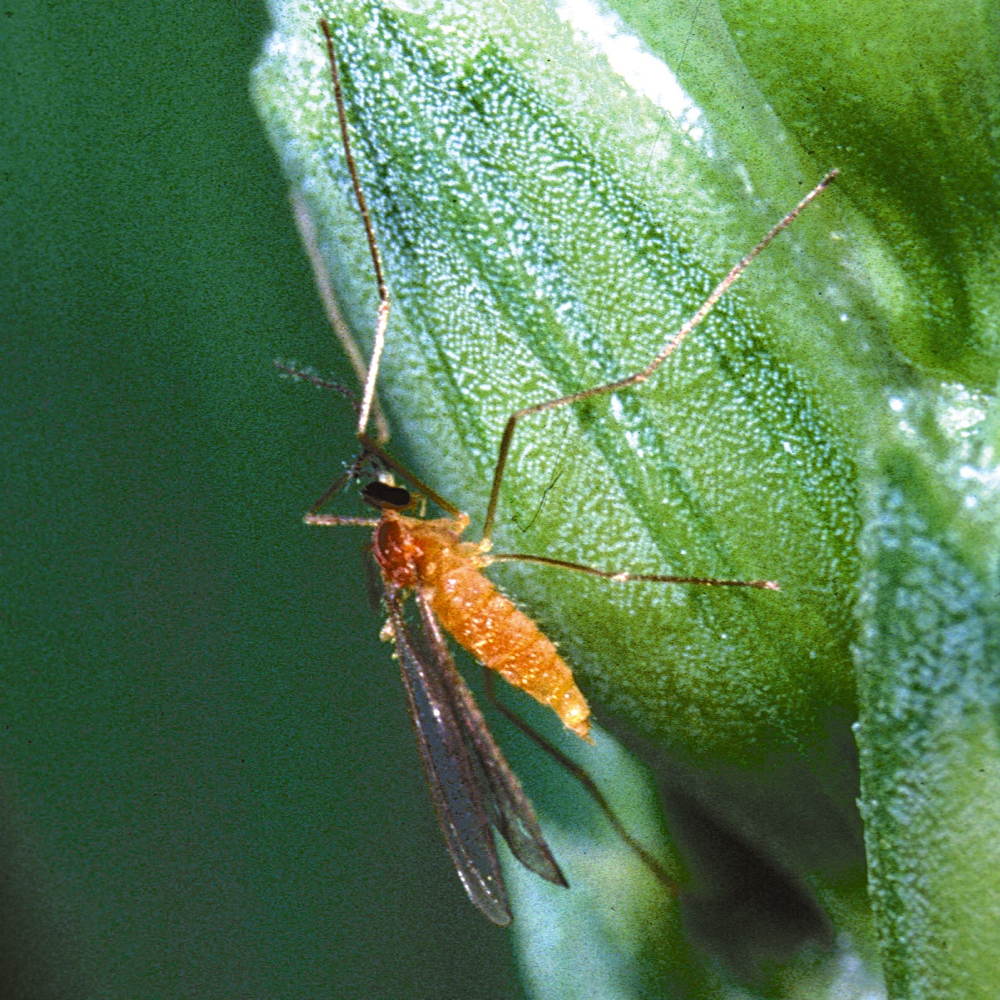Where were you when… you heard of GPS or Bt corn for the first time? Both were seminal moments of the past 25 years in agriculture that have led to further innovation and advances, increasing growers’ efficiency and productivity at practically every step of the way.
Now, CRISPR technology represents another of these seminal moments, with a remarkable enhancement and potential “leap forward” on existing technologies.
First developed in 2012 by Dr. Jennifer Doudna at the University of California-Berkeley, CRISPR has been the subject of media headlines and Twitter posts for at least two years. It has attracted the attention of investors and researchers around the world, and its promise for agriculture is barely beginning to crest.
Read Also

Could crop sharing be a viable option for your farm?
Crop sharing could be a good option for young and beginning farmers.
It starts with some heavy science, but quickly gets to real-life implications.
Here’s the science. The term “CRISPR” is the acronym for Clustered Regularly Interspaced Short Palindromic Repeat technology. The term refers to the palindromic (it reads the same forward and backward) and repeated sequences of DNA that exist in bacteria genomes, as well as those in other micro-organisms.
Among other functions, these sequences are vital in the immune systems of microscopic life forms. An organism with a CRISPR-based immune system is capable of fending off viruses by attacking their genetic blueprints, including the coding in the virus necessary for replication.
The best, most-readily identifiable example of a gene editing technology (albeit not CRISPR) in agri-food circles right now is the Arctic apple, which resists browning, helping to reduce food waste. Its approval has come without the consumer backlash that GMO corn, canola and soybeans were subjected to, although its regulatory review took two to three years, which is longer than average.
However, CRISPR technology must overcome some hurdles, including availability and farmers understanding and acceptance.
A game changer, not a miracle
According to several sources, CRISPR’s potential is trending much the same as other genetic endeavours, such as SCN-resistant soybeans or drought-tolerant corn. Growers hear about them and they want them — right now! But many details need to be addressed first, including methodology, regulatory process and which crops are best suited to gene editing. In early September, two major events — the Seed Association of the Americas sixth annual seed congress in Cartagena, Colombia, and the International Seed Federation in London, England — featured biotech and plant breeding advances.
“In agriculture, everyone strives for that silver bullet, which doesn’t exist,” says Dave Carey, executive director of the Canadian Seed Trade Association (CSTA) in Ottawa. “It’s making sure that growers have access to as many different technologies and as many tools as possible to be successful… We can’t just rest on our past successes — CRISPR is great and we need to encourage the innovators and the life science companies to continue to do the research.”
It’s not to say that CRISPR isn’t a game changer. It’s another tool in the toolbox for researchers, plant breeders and farmers. The technology has a direct impact on the three pillars of agricultural research that are vital to progress — speed, efficiency and investment dollars. It’s faster, more precise and less expensive than either traditional selective breeding or transgenics, like being compared to using a nail gun versus the hammer-and-nail approach.
“You also get the Europeans looking to do more genetic engineering, with a technology that can distance them from GMO status,” says Dr. Tyler Whale, president of Ontario Agri-Food Technologies, in Guelph, Ont. “In that sense, it’s a game changer because you get a whole other continent whose scientific prowess is impressive on board.”
Whether that will happen, he adds, is another matter. Europe is beset by activists who seem resolved to reject any form of genetic modification, and North American society boasts a fickle public that is influenced by celebrities. Nor does the technology automatically provide farmers with crops that are immune to all challenges. CRISPR is an incredible branch of science by which innovations can be developed, but growers will still have to deal with the vagaries of weather and nature.
One aspect where CRISPR has already been a game changer is in its specificity. It’s enabled researchers and breeders to go into a genome and make targeted changes. Dr. Sateesh Kagale compares this capability with previous efforts in conventional mutagenesis, calling that phase “a shot in the dark.” But CRISPR provides researchers and breeders with far more control in terms of removing or enhancing certain genetic traits, providing the target is known.
“We can go into the genome and make edits wherever we intend to make changes,” says Kagale, research officer in Aquatic and Crop Resource Development with the National Research Council of Canada in Saskatoon. “We still need to be breeding and making selections, so those things aren’t going away because of CRISPR.”
Time: Less is more
Where CRISPR could have the biggest influence on plant breeding is time. As Kagale points out, if the gene for a particular trait is known, and there is sufficient information on that gene, breeders can “fix” that trait in a year, maybe two.
“It still has to go through field trials and generate data that we can use to satisfy the criteria that regulatory agencies require,” Kagale says, hoping the Canadian Food Inspection Agency (CFIA) and Health Canada will be supportive of CRISPR. “That can take four or five years, so it’s possible to shorten the period of development with the genetic trait, but the process of growing out the plants and selecting the right traits and parameters will remain.”
Even more significantly, CRISPR technology can be applied to any crop and has the potential to lower development costs. Transgenic traits were primarily developed in global crops like corn, soybeans and canola, due to the high cost of development and regulation.
By contrast, says Ian Affleck, executive director in plant biotechnology with CropLife Canada, there is no single crop that is best suited to CRISPR-delivered traits. Instead CRISPR is simply a more precise method to do what breeders have always worked to accomplish: add genes, remove genes or modify existing genes.
One of the highlights of this technology is that there’s greater opportunity to enhance traits already present in a genome. That could open the door for improved traits in cereals or other legumes.
“If a trait is influenced by multiple genes, this technology will make it easier to make multiple-gene modifications, whereas previously it was more focused on single gene traits,” says Affleck. In terms of traits, agriculture is still after the same list of desired characteristics — pest resistance, drought resistance, water-use efficiency, and nitrogen-use efficiency.
“What will allow this to provide more options will be the cost: as the cost comes down, you can get into more unique areas, or consumer traits, such as food waste traits or nutritionally enhanced products. But it all comes with that innovation balancing act of costs versus return,” Affleck says. “If costs stay down, and a big part of that is the regulatory costs, we’ll see a lot more products make it on to the market.”
Ask anyone involved in research and development, investment, regulatory process or patenting, and they’re likely to say that the time required for the initial development of a trait is the largest factor in bringing a variety or hybrid to market. Carey makes one of the more interesting observations about the reduction in development time using genetic editing like CRISPR. Under current conditions, it can take up to 14 years or more to bring a trait to market. Will CRISPR shorten that time? Likely, says Carey, but it’d be by six years, not 12 years.
Yet with that six-year reduction, researchers can focus their attention on something else, something with a greater upside or a more revolutionary application.
Another area where CRISPR can help is with the potential for price reductions due to this time-saving capacity. As Affleck states, the patent process lasts 25 years; if a company spends 18 or 20 years bringing a product to market, that leaves five to seven years to recoup those costs associated with research and development.
“If you can shorten that process to just seven years from development through regulatory approvals and to market, then that recoupment is much more predictable and, subsequently, the risk reduces and the price point to the consumer is usually less,” says Affleck. “The whole investment cycle changes depending on how those timelines adjust.”
The ‘R’ word
The great unknown factor for CRISPR’s future lies in the reaction of regulatory agencies. There is little doubt about its potential; combined with transgenic and conventional breeding practices, CRISPR stands to alter the pace and involvement of researchers and investors. One scenario that Whale sees as plausible, which would help the scientific community, is to “share the wealth.” Nations are now struggling with the pace of innovation and how their respective regulatory agencies keep up. He hopes to see greater harmonization, to the point where different countries might be assigned different tasks in the same project. That could reduce duplication of data and procedures from country-to-country, opening the door on greater, less expensive and faster innovation.
“Regulatory keeping up with innovation is going to have some severe challenges,” says Whale. “At the same time, regulatory, as a science, could do a lot of things via machine learning or artificial intelligence, scanning the breadth of scientific, peer-reviewed articles, and finding the similarities and gaps to inform science what is necessary for regulatory and public approval.”
If regulatory agencies in this or in other countries put CRISPR-based technologies through the same onerous process as transgenics, and make it a costly process, investors will become discouraged, not encouraged, he fears.
“How governments choose to regulate these products will have an immense impact on the ability for plant breeders to create a wide variety of crops with a wide variety of traits,” agrees Affleck. As an export nation, he adds, Canada also exports regulations. “If we can set a strong, safe, predictable and consistent regulatory framework, we can share that with our trading nation partners, and that will benefit everyone involved.”
Kagale believes there are several factors in CRISPR’s favour: one is the release and the relatively calm reception to the genetic enhancement in Arctic apples, even though that was not a CRISPR development (it was via RNA interference (RNAi)). In keeping with CRISPR’s capability, there has not been the same external species incorporation that is the centre of something like Bt corn. Incorporating genetic components from outside species was the basis for slower regulatory approval.
“That was a major hurdle to implementing or applying genetic engineering efficiently,” says Kagale. “That is not an issue because with CRISPR, we can build a cultivar without any external genetic material or pieces of DNA. That would suggest the regulatory bodies are not going to treat it as a GMO, and if they did that, that opens the door. When a variety is treated as a GMO, it has to go through an onerous process and there’s a significant cost with that.”
The road ahead
Most researchers agree that CRISPR is an extraordinary step forward for genetic enhancement, for both human and plant biology. Beyond the questions surrounding regulatory issues or which crops are best suited to enhancement is the potential for future investment — and there are several sides to that part of the story. Whale refers to the potential for new investment interests as “busy and noisy” with the addition of more and smaller players, over and above the traditional participants. Unfortunately, that could see a “winners versus losers” approach, with some innovations inadvertently left behind.
On the other hand, Affleck sees the wider range of public- and private-sector breeders involved in CRISPR as a positive for innovation. The more players you have in a space, the greater the diversity of traits and environments turning out products that might not otherwise make it to the marketplace. From there, it’s possible to see more start-ups and venture capitalists entering the field.
But it’s China that draws Carey’s attention, where Beijing is reportedly investing 90 per cent of its agri-innovation dollars into non-GMO, genetic editing ventures. He likens that to Brazil’s adoption of cellular phone technology and avoiding the expense of land lines. China is stepping over traditional transgenics, and moving towards gene editing like CRISPR.
Kagale adds that there are other, alternative methods of genetic editing systems, which require more research and time for evaluation, including Cas-9 orthologs and Cpf1. They will help further improve the precision of gene editing.


